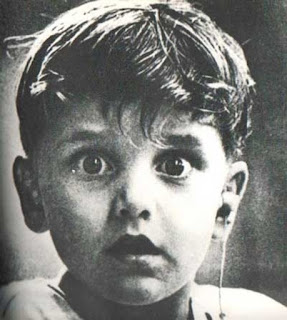Shape- Element of art that is two-dimensional, flat, or limited to height and width.
Form- An element of art that is three-dimensional and encloses the volume; it includes height, width AND depth. Form may also be free flowing.
Value- The lightness or the darkness of tones or colors. White is the lightest value and black is the darkest. The value halfway between these extremes is called middle gray.
Space- An element of art by which positive and negative areas are defined or a sense of depth achieved in a work of art.
Color- An element of art made up of three properties which are hue, value, and intensity.
- Hue: is name of color
- Value: Hue's lightness and darkness ( a color's value changes when white or black is added)
- Intensity: Quality of brightness and purity (high intensity= color is strong and bright; low intensity= color is a faint and dull)
Texture: An element is art that refers to the way things feel, or look as if they might feel if touched.
PRINCIPLES OF DESIGN
Balance- is the distribution of the visual weight of objects, objects, colors, texture, and space.
Contrast- Is created by using elements that conflict with one another. Often, contrast is created using complementary colors or extreme light and dark values. Contrast often draws the eye to certain is used to make a painting look interesting.
Emphasis- In the focal area of a network gives it importance. An artist may strew some elements of the design over others. The viewer will focus on the area of emphasis or center of interest first, then take in the rest of the composition.
Movement- Is a artwork means the artist is taking viewers on a trip through the work by means of lines, edges, shapes, and colors often leading to the focal area. Movement is a visual flow through the composition.
Pattern- Is made in art when the same shapes or elements are repeated again and again. Pattern uses the elements of art in planned or random repetitions to enhance surfaces of painting or sculptures.
Rhythm- Is the repetition of shapes, lines, and forms. Rhythm is a movement in which some elements recurs regularly. Like a dance, it will have flow of objects that will seem to be like the beat of music.
Unity- Means that elements in an artwork are in harmony. Unity brings together a composition with similar units.

































